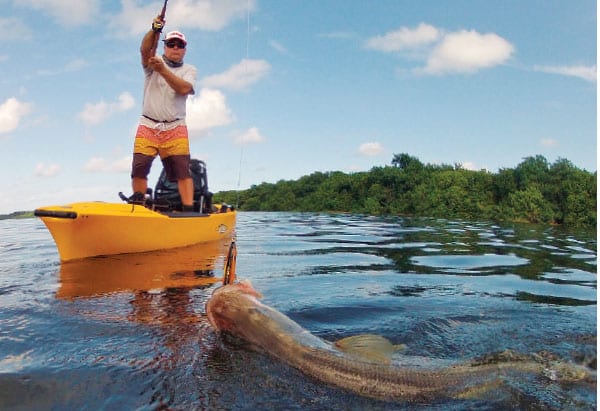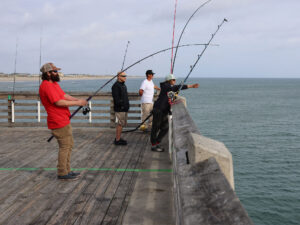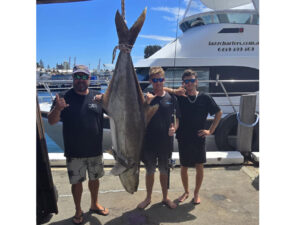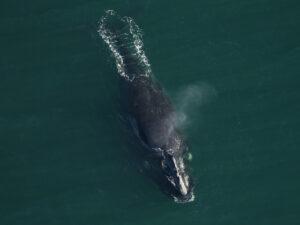
kayak fishing san juan
During a recent trip to fish northeast Puerto Rico’s lagoons, a group of us found plenty of the tarpon and snook that had brought us down there.
But we also encountered a paradox that we hadn’t expected.
On the one hand, the extensive mangrove-rimmed lagoons that surround San Juan’s very busy international airport look pristine. For the most part, their shores remain undeveloped.
And they are indeed filled with tarpon and snook. We had a great time, with plenty of action in the shallow, dark waters.
But we also got a closer look while drifting along the lagoon edges where, back in the mangroves, we saw discouraging amounts of floating trash, some of it as large as TV sets and sofas. We noted signs of degraded water quality; for example, in some areas, slime coated the bottom and we could see an oily sheen on top.
True, the lagoons — so far — teem with mullet and smaller baitfish, and three predator species: tarpon, snook and ladyfish. But beyond a couple of small barracuda, we encountered no other species.
I came away with the feeling that these waters are approaching a brink. They could deteriorate further until they become lifeless cesspools, or they could be cleaned up and maintained as what they should be: among the world’s most beautiful urban lagoons, in which Puerto Rico could and should take immense pride.
But to accomplish that will require leadership from the highest levels of this commonwealth’s government. A sea change in perception by citizens, especially those who live around and traverse these waters, will be required.
And that in itself is a mighty tall order: We didn’t see much affluence in local communities around these lagoons; it’s tough to encourage conservation among people who are focused on day-to-day existence.
In fact, we had the chance to meet a number of players in the island’s recreational-fishing community. I spoke with some, including Capt. Omar Orraca, who guides these lagoons as part of Caribbean Outfitters in San Juan, and Cesar Collazo, a local angler passionate about snook and tarpon fishing in the lagoons, and active in the Snook Foundation.
These men and many other angling enthusiasts in Puerto Rico agree that their lagoons are worth preserving and protecting. Orraca plans to work with governmental tourism officials to get the issue on government radar. Indeed, the best hope for these urban treasures might be rallying the commonwealth’s sport fishermen to convince Gov. Alejandro Garcia Padilla of the economic and cultural value of Puerto Rico’s estuaries, and to initiate a program of education and laws aimed at citizens and industries.
In other words, this is likely to be yet another instance of recreational anglers taking the lead in resource conservation.
I should make two points very clear. First, this sort of concern for urban estuaries is hardly unique to Puerto Rico. I’m sure there’s a general correlation between economic development and water quality, which means many developing coastal nations face similar situations.
And while Puerto Rico’s lagoons do need cleaning up and protecting, they continue to offer undeveloped mangrove wilderness amidst the sprawl of San Juan. They continue to provide amazingly good fishing. Will the government show enough vision to take measures now to keep it that way in perpetuity?
I sure hope so — because I’m looking forward to return trips. There are a couple of big tarpon there that I jumped off, which have my name on ’em.








